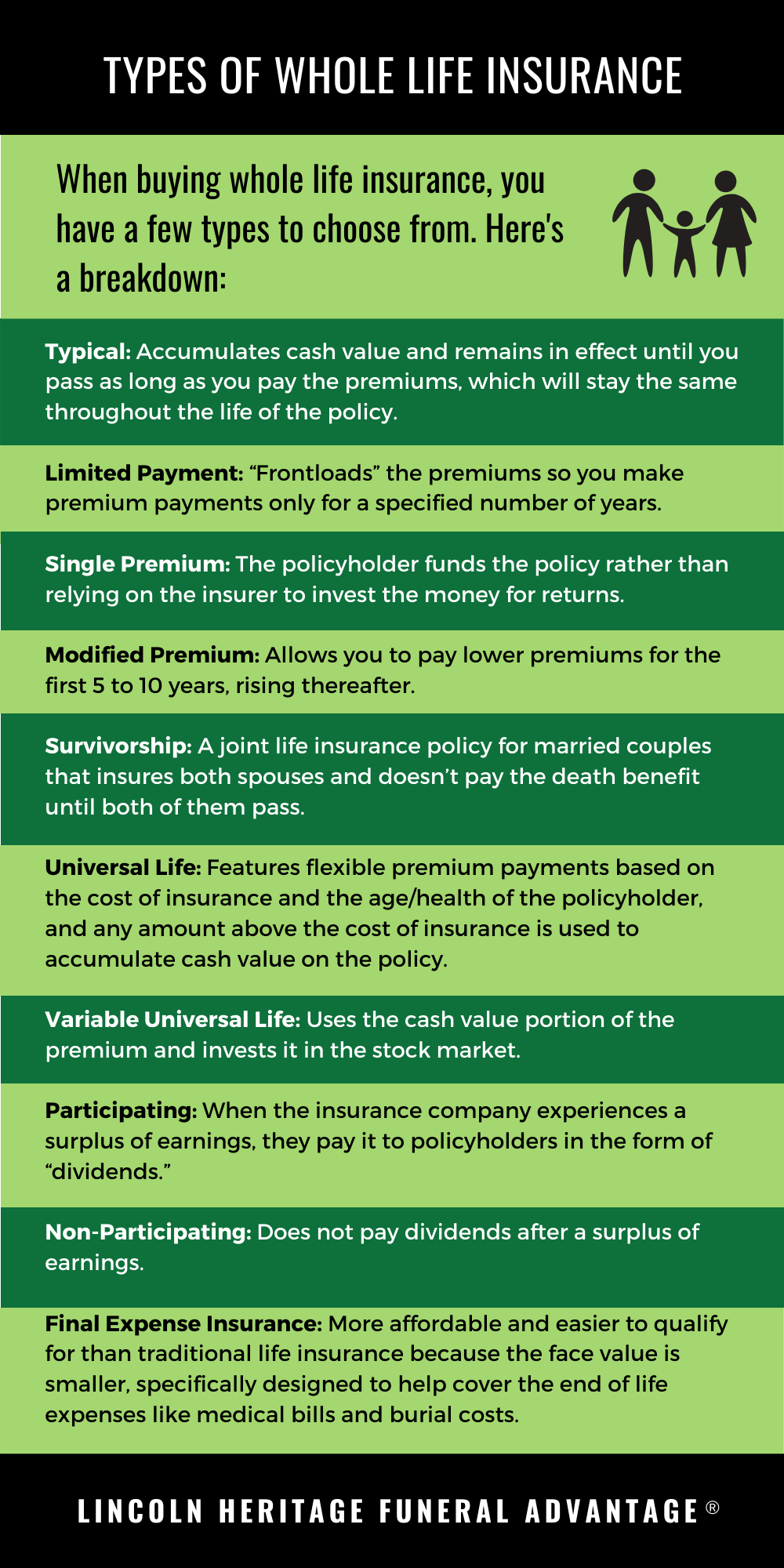Understanding Right of Way in Car Accidents
Every driver knows that dreaded feeling when they approach an intersection and there’s another car barreling towards them. Who has the right of way? It’s a question that can haunt drivers, especially after a car accident. Right of way refers to the legal precedence given to certain drivers, determining who has the lawful right to proceed first at road intersections or when manoeuvring. Understanding right of way is crucial for avoiding accidents and ensuring the safety of everyone on the road.
Factors Determining Right of Way
Navigating the complexities of right of way can be like navigating a legal maze. Several factors come into play when determining who has the right of way:
-
Traffic signals: Traffic lights and signs are the ultimate authority on the road. Red means stop, green means go, and yellow means proceed with caution. When in doubt, always yield to traffic signals.
-
Stop signs: Stop signs are another clear indicator of right of way. Drivers must come to a complete stop at stop signs and yield to all traffic before proceeding.
-
Yield signs: Yield signs indicate that drivers must slow down and allow oncoming traffic to pass before proceeding. Unlike stop signs, drivers are not required to come to a complete stop at yield signs.
-
Uncontrolled intersections: When there are no traffic signals or signs, the general rule of right of way is "first come, first served." The driver who arrives at the intersection first has the right of way, provided they are travelling at a reasonable speed.
-
Pedestrians and cyclists: Pedestrians and cyclists are some of the most vulnerable road users. Drivers must always yield to pedestrians crossing the street, even if there is no crosswalk. Cyclists have the same rights and responsibilities as motor vehicles, so drivers must treat them with the same respect.
-
Emergency vehicles: When emergency vehicles approach with sirens and lights activated, drivers must yield the right of way immediately. Pull over to the side of the road and stop until the emergency vehicle has passed.
Understanding these factors can help drivers navigate the complex world of right of way and avoid accidents.
Car Accident Right of Way: A Comprehensive Guide
When two automobiles collide on the road, determining who had the right of way is paramount. It’s akin to a legal compass, guiding authorities and insurance companies in assigning fault and apportioning liability. Understanding the intricacies of right of way can empower you to safeguard your rights in the unfortunate event of a car accident.
Importance of Right of Way
Establishing right of way is akin to painting a clear picture of the accident’s narrative. It serves as a crucial piece of the puzzle, enabling authorities to pinpoint who had the legal precedence to proceed. By unraveling this fundamental question, they can effectively assign blame, ensuring that responsibility falls upon the appropriate party.
Establishing Right of Way: A Multifaceted Examination
Determining right of way is not a one-dimensional endeavor; rather, it necessitates a holistic analysis of the circumstances surrounding the accident. Factors such as traffic signs and signals, speed limits, and even road markings contribute to the tapestry of evidence. Furthermore, eyewitness accounts and police reports provide invaluable insights, helping to piece together the puzzle and uncover the truth of what transpired.
Traffic signs, like beacons of order amidst the chaos of the road, convey clear directives. They command us to stop, yield, or proceed, establishing an unspoken language between motorists. Disregarding these commands can have dire consequences, potentially leading to accidents. Speed limits, too, play a critical role. They are not mere suggestions but rather legal mandates designed to ensure the safety of all road users. Exceeding these limits can impair one’s ability to react in time, increasing the likelihood of a collision.
Road markings, often overlooked but equally important, communicate vital information. They delineate lanes, indicate pedestrian crossings, and warn of upcoming hazards. Ignoring these visual cues can lead to confusion and potentially dangerous situations. Eyewitness accounts, while subjective in nature, can provide valuable insights into the sequence of events. Their observations, coupled with the impartial perspective of a police report, help to paint a more complete picture of the accident.
In the aftermath of a car accident, seeking legal counsel is a prudent course of action. An experienced attorney can guide you through the complexities of right of way and ensure that your rights are protected. They will meticulously examine the evidence, including traffic signs, speed limits, road markings, eyewitness accounts, and police reports, to build a strong case on your behalf.
Right of Way in Car Accidents
Establishing who has the right of way is paramount in determining liability in car accidents. Right of way refers to the legal privilege of a vehicle to proceed through an intersection or roadway without impediment from other vehicles. Understanding the rules and scenarios involving right of way can help drivers avoid accidents and potential legal complications.
Common Scenarios Involving Right of Way
Intersections with Stop Signs or Traffic Lights:
At intersections governed by stop signs or traffic lights, the vehicle with the green light or no stop sign has the right of way. Drivers approaching a stop sign must come to a complete stop and yield to any oncoming traffic before proceeding. Similarly, drivers facing a red light must stop and wait until the light turns green before entering the intersection.
Roundabouts:
Roundabouts are circular intersections designed to improve traffic flow and reduce accidents. Vehicles entering a roundabout must yield to those already circulating within it. Once inside the roundabout, drivers should travel counterclockwise and exit at the appropriate exit.
Entering or Exiting Roads:
When entering or exiting a road, drivers must yield to oncoming traffic. This includes yielding to vehicles on the main road when entering from a side street and yielding to passing traffic when exiting a driveway or parking lot. Failure to yield can result in accidents, especially at blind intersections or when visibility is limited.
Yielding to Pedestrians:
Pedestrians always have the right of way at crosswalks, whether marked or unmarked. Drivers must yield to pedestrians crossing the street and refrain from blocking crosswalks. Failure to yield to pedestrians can lead to serious injuries or fatalities.
Car Accident Right of Way: Determining Fault and Liability
Motor vehicle accidents can be chaotic and confusing, especially when it comes to determining fault. Understanding the concept of right of way is crucial in assigning blame and liability in car accident cases.
Determining Fault Based on Right of Way
Right of way refers to the legal right of a vehicle to proceed through an intersection or other traffic situation without hindrance from other vehicles. When a driver fails to yield the right of way and causes an accident, they may be held legally responsible for the resulting damages and injuries. Determining fault in such cases depends on identifying the vehicle that had the legal right to proceed and whether the other driver failed to yield.
Factors Affecting Right of Way
Several factors influence right of way, including traffic laws, road signs, and the presence of traffic signals. In most jurisdictions, vehicles approaching an intersection from the right have the right of way over vehicles approaching from the left. Yield signs, stop signs, and traffic lights also dictate right of way and must be obeyed by all drivers.
Exceptions to Right of Way
There are certain exceptions to the general rules of right of way. For instance, emergency vehicles such as ambulances, fire trucks, and police cars may disregard right of way when responding to an emergency. Additionally, pedestrians have the right of way at crosswalks, even if the crosswalk is unmarked. Drivers are obligated to yield to pedestrians in such situations.
Considerations for Drivers
To avoid accidents and potential liability, drivers should always be aware of their right of way. This involves paying attention to traffic laws, road signs, and traffic signals. When approaching an intersection or other traffic situation, drivers should yield to vehicles with the right of way. If a driver is unsure who has the right of way, it is always better to err on the side of caution and yield.
Who Has the Right of Way at a Car Accident?
Determining who has the right of way after a car accident is crucial for assigning fault and determining liability. Generally, drivers must yield to traffic approaching from the right and to pedestrians within crosswalks. However, there are exceptions to these rules that can make things confusing.
Common Right of Way Rules
The following are some common right of way rules:
- Drivers approaching an intersection must yield to traffic already in the intersection.
- Drivers approaching a roundabout must yield to traffic already in the roundabout.
- Drivers making a left turn must yield to oncoming traffic.
- Drivers making a U-turn must yield to all other traffic.
- Pedestrians in crosswalks have the right of way.
Exceptions to Right of Way Rules
In certain scenarios, these right-of-way rules may be overridden. Here are some notable exceptions:
Emergency Vehicles
In many jurisdictions, emergency vehicles such as fire trucks, police cars, and ambulances have the right of way when responding to an emergency. Drivers must yield to these vehicles, even if it means violating a right-of-way rule.
Imminent Collision
If a driver realizes they are in imminent danger of colliding with another vehicle, car, or pedestrian, they may have the right to violate a right-of-way rule to avoid the collision. This is known as the “imminent collision doctrine.”
Yielding to Avoid Congestion
In some cases, drivers may choose to yield the right of way to avoid causing a traffic jam. For example, a driver may slow down or stop to allow a long line of traffic to enter a highway.
Turning Vehicles
Drivers making a right turn may have the right of way over oncoming traffic if they are already in the intersection and cannot safely yield. This is known as the “assuring clear distance ahead” rule.
Conclusion
Understanding the rules of right of way is essential for safe driving. While these rules generally apply, there are certain exceptions that drivers should be aware of. By following these guidelines and driving defensively, drivers can help to prevent accidents and keep our roads safe.
Car Accident Right of Way: Understanding the Rules of the Road
Navigating the complexities of traffic laws can be a daunting task, particularly in the aftermath of a car accident. Understanding who had the right of way is crucial in determining fault and liability. Right of way refers to the legal precedence granted to a vehicle or pedestrian in a particular traffic scenario. When drivers fail to yield to those with the right of way, it can lead to dangerous collisions.
Intersection Encounters
Intersections are notorious hotspots for right of way disputes. Generally, the vehicle that arrives first has the right of way, unless there are designated stop signs or traffic signals. When two vehicles approach an intersection simultaneously, the car on the left must yield to the one on the right. However, this rule does not apply if the vehicle on the left is making a left-hand turn and the vehicle on the right is going straight.
Yielding to Pedestrians
Pedestrians always have the right of way at marked crosswalks. Drivers are legally obligated to stop or slow down to allow pedestrians to cross safely. Failure to yield to pedestrians not only violates the law but can also have devastating consequences.
Emergency Vehicles
When emergency vehicles with flashing lights and sirens approach, all other vehicles must yield immediately. This includes pulling over to the side of the road and stopping. Impeding an emergency vehicle’s passage can result in severe penalties.
Unmarked Intersections
Determining right of way at unmarked intersections can be more challenging. In these situations, drivers must exercise caution and communicate their intentions clearly through hand signals or eye contact. Generally, the vehicle that yields first has the right of way.
Left-Hand Turns
Left-hand turns can be particularly tricky, especially at busy intersections. Drivers making left-hand turns must yield to oncoming traffic and pedestrians. It’s essential to wait for a clear path before proceeding with the turn.
Conclusion
Understanding right of way is essential for all drivers to enhance road safety and minimize the risk of accidents. By adhering to established right of way protocols, drivers can navigate road intersections and situations confidently, promoting a more harmonious and responsible driving environment.




Leave a Reply